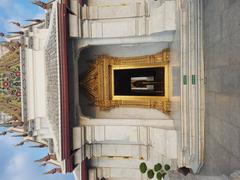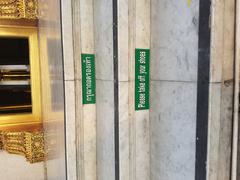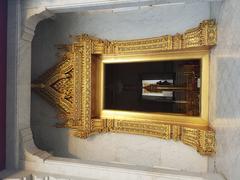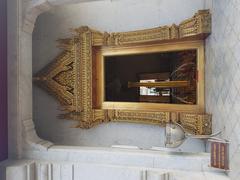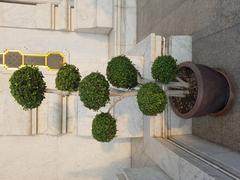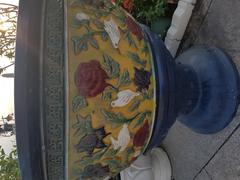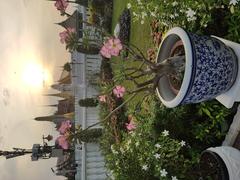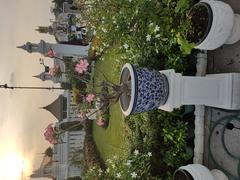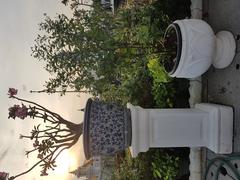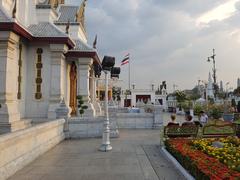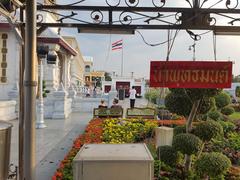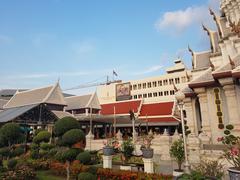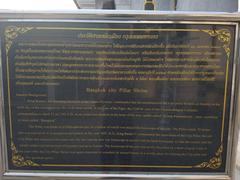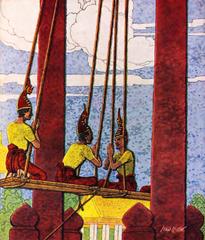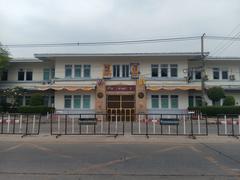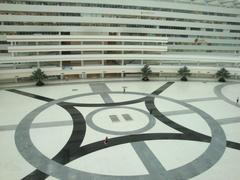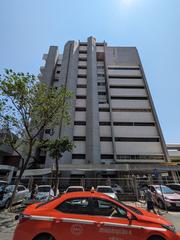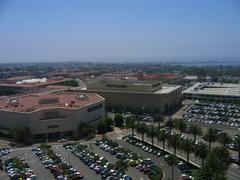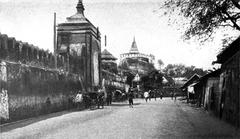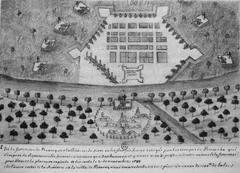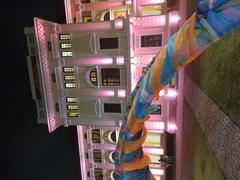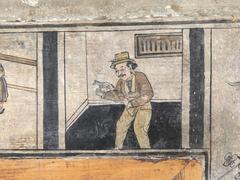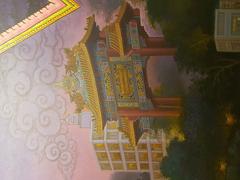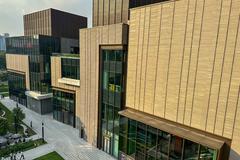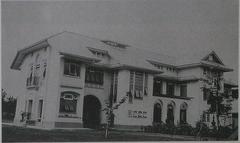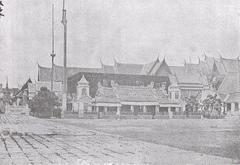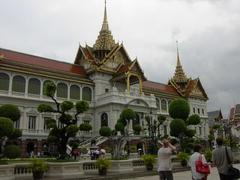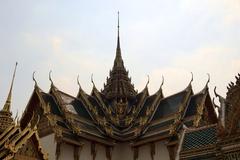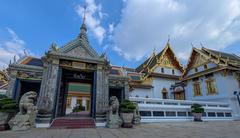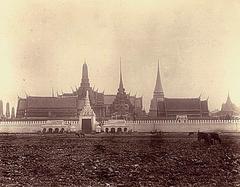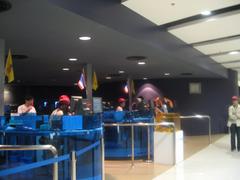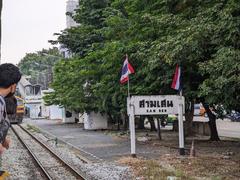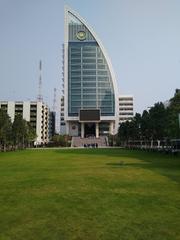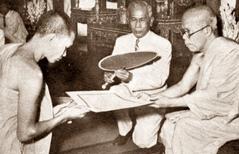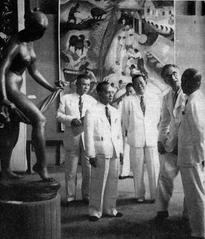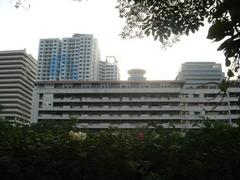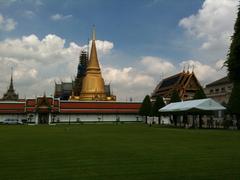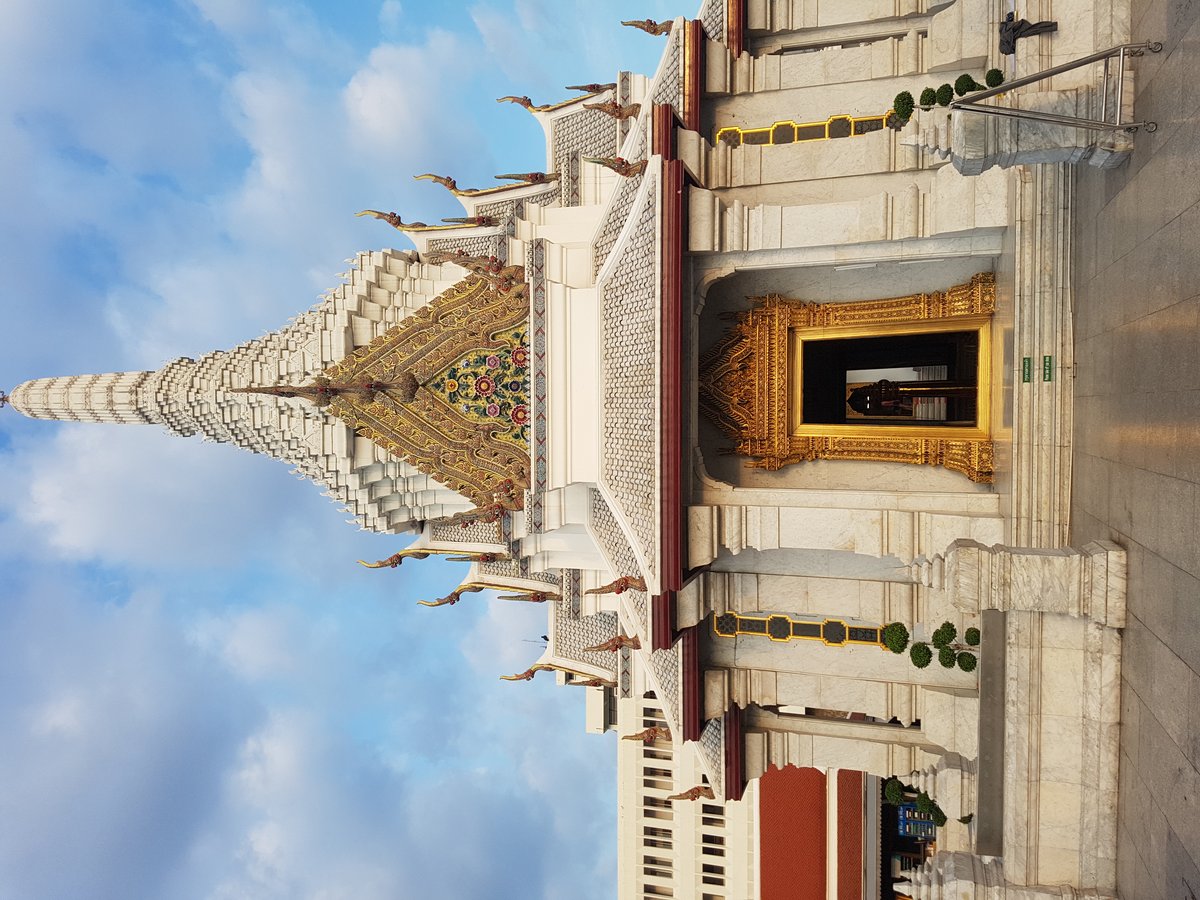
Comprehensive Guide to ศาลหลักเมืองกรุงเทพมหานคร (City Pillar Shrine) in Bangkok, Thailand
Publication Date: 18/07/2024
Introduction to City Pillar Shrine
Table of Contents
- Introduction
- Founding and Early Years
- Architectural Evolution
- The Sacred Pillar - A Symbol of Harmony and Prosperity
- Rituals and Offerings
- Visiting Hours, Tickets, and Accessibility
- Travel Tips and Nearby Attractions
- The Shrine Today - A Cultural and Spiritual Landmark
- FAQs
- Conclusion
Founding and Early Years
King Rama I, the founder of the Chakri dynasty and the builder of Bangkok, established the City Pillar Shrine in 1782. This act held profound significance, marking the official establishment of the new capital after the fall of Ayutthaya. The pillar, crafted from fragrant sandalwood, was originally situated south of Wat Pho. However, when the Grand Palace’s construction began, the pillar was carefully moved to its present location within the Grand Palace complex.
Architectural Evolution
The shrine’s architecture reflects a blend of styles, mirroring the evolving artistic sensibilities of the Rattanakosin period. Initially, a modest pavilion housed the sacred pillar. However, under the reign of King Rama III (1824-1851), the shrine underwent significant expansion and renovation. The king, known for his patronage of the arts, commissioned the construction of the elegant mondop (prayer hall) that we see today. This structure, with its multi-tiered roof, intricate carvings, and vibrant colors, exemplifies the grandeur of traditional Thai architecture.
The Sacred Pillar - A Symbol of Harmony and Prosperity
At the heart of the shrine lies the City Pillar (Lak Muang), a 270 cm tall pillar made of acacia wood, encased in a gilded and lacquered ironwood sheath. It is believed to be imbued with the city’s guardian spirit, Chao Pho Lak Mueang, who protects and blesses Bangkok and its inhabitants.
The pillar’s significance extends beyond its physical form. It embodies the concept of the “cosmic axis,” a central point connecting the earthly realm to the heavens. This connection is crucial in Thai cosmology, representing harmony between the human and divine worlds.
Rituals and Offerings
The City Pillar Shrine is a site of active worship, attracting both locals and tourists seeking blessings and guidance. People offer lotus buds, incense sticks, and gold leaf to the pillar, symbolizing their respect and seeking good fortune.
One particularly popular offering is the colorful fabric sashes known as “Pha Kiao Ma.” These sashes, often adorned with auspicious symbols, are believed to bring good luck and ward off evil spirits. Visitors tie these sashes around the pillar, creating a vibrant tapestry of wishes and prayers.
Visiting Hours, Tickets, and Accessibility
- Visiting Hours: The City Pillar Shrine is open daily from 8:00 AM to 6:00 PM.
- Tickets: Entry is free, but donations are welcome to help maintain the shrine.
- Accessibility: The shrine is wheelchair accessible, and there are facilities for elderly and disabled visitors.
Travel Tips and Nearby Attractions
- Guided Tours: Consider hiring a local guide to fully appreciate the shrine’s history and significance.
- Photographic Spots: The intricate carvings and vibrant colors of the shrine provide excellent photo opportunities. Early morning or late afternoon offers the best lighting.
- Nearby Attractions:
- The Grand Palace: This is adjacent to the shrine and a must-visit landmark.
- Wat Pho: Known for its reclining Buddha statue, it is a short walk away.
- Temple of the Emerald Buddha (Wat Phra Kaew): Another iconic site within walking distance. (Grand Palace official site), (Wat Pho official site).
The Shrine Today - A Cultural and Spiritual Landmark
The City Pillar Shrine remains a vital part of Bangkok’s cultural and spiritual landscape. It serves as a reminder of the city’s historical roots, its connection to the divine, and the enduring power of tradition.
For tourists, the shrine offers a glimpse into the heart of Thai spirituality and a chance to experience the beauty and serenity of traditional Thai architecture. Whether seeking blessings, learning about Thai history, or simply appreciating the intricate craftsmanship, a visit to the City Pillar Shrine is an enriching experience.
FAQs
1. What is the best time to visit the City Pillar Shrine?
The best time to visit is early in the morning or late in the afternoon to avoid the heat and crowds.
2. Are there any special events held at the City Pillar Shrine?
Yes, the shrine hosts various ceremonies and festivals throughout the year, especially during the Thai New Year (Songkran) and other significant Thai holidays.
3. Can I take photos inside the shrine?
Yes, photography is allowed, but be respectful of worshippers and avoid using flash.
4. Are there guided tours available?
Yes, guided tours are available and highly recommended to fully appreciate the shrine’s history and significance.

